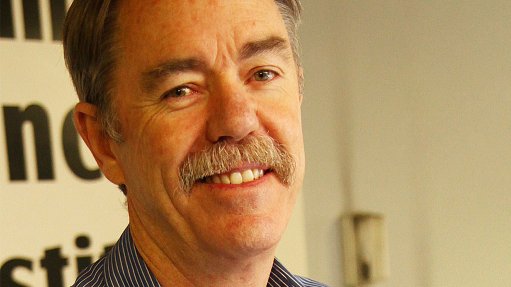
Company Announcement - Interrupted curing of concrete will inevitably have a negative effect on the final quality of the concrete, cautions Bryan Perrie, MD of The Concrete Institute. Perrie says the need for continuous curing of concrete is most critical during the first few days after the concrete has been cast. "When curing is interrupted in this period, and the cement paste is allowed to dry out, hydration of the cement ceases. More importantly, it becomes more difficult to get water back into the pore structure during subsequent wetting to re-activate the hydration process," he says.
The difficulties for water to effectively reach the pore structure is caused by the following developments which take place when the concrete dries out:
- The pore water is saturated with calcium hydroxide and when the water evaporates, this is deposited in the pore structure near the surface of the concrete;
- The calcium hydroxide reacts with atmospheric carbon dioxide to form poorly soluble calcium carbonate which occupies a larger volume than the original calcium hydroxide; and
- This volume increases which, coupled with the fact that calcium carbonate is considerably less soluble than calcium hydroxide, reduces the access of water back into the pore structure.
"In this way, when concrete is allowed to dry, pockets of unhydrated cement are created which are surrounded by hydrated material and pores blocked with calcium carbonate. Because of their inaccessibility to water, these pockets of cement will not be hydrated when the concrete is wetted again and the cement will end up serving only as fine aggregate particles.
"This is why the quality of concrete exposed to interrupted curing, or intermittent cycles of wetting and drying during the early stages of hydration, will always be inferior to that of continuously cured concrete," Perrie adds.